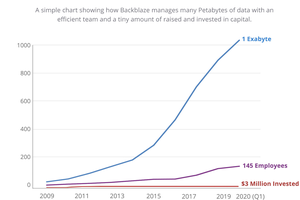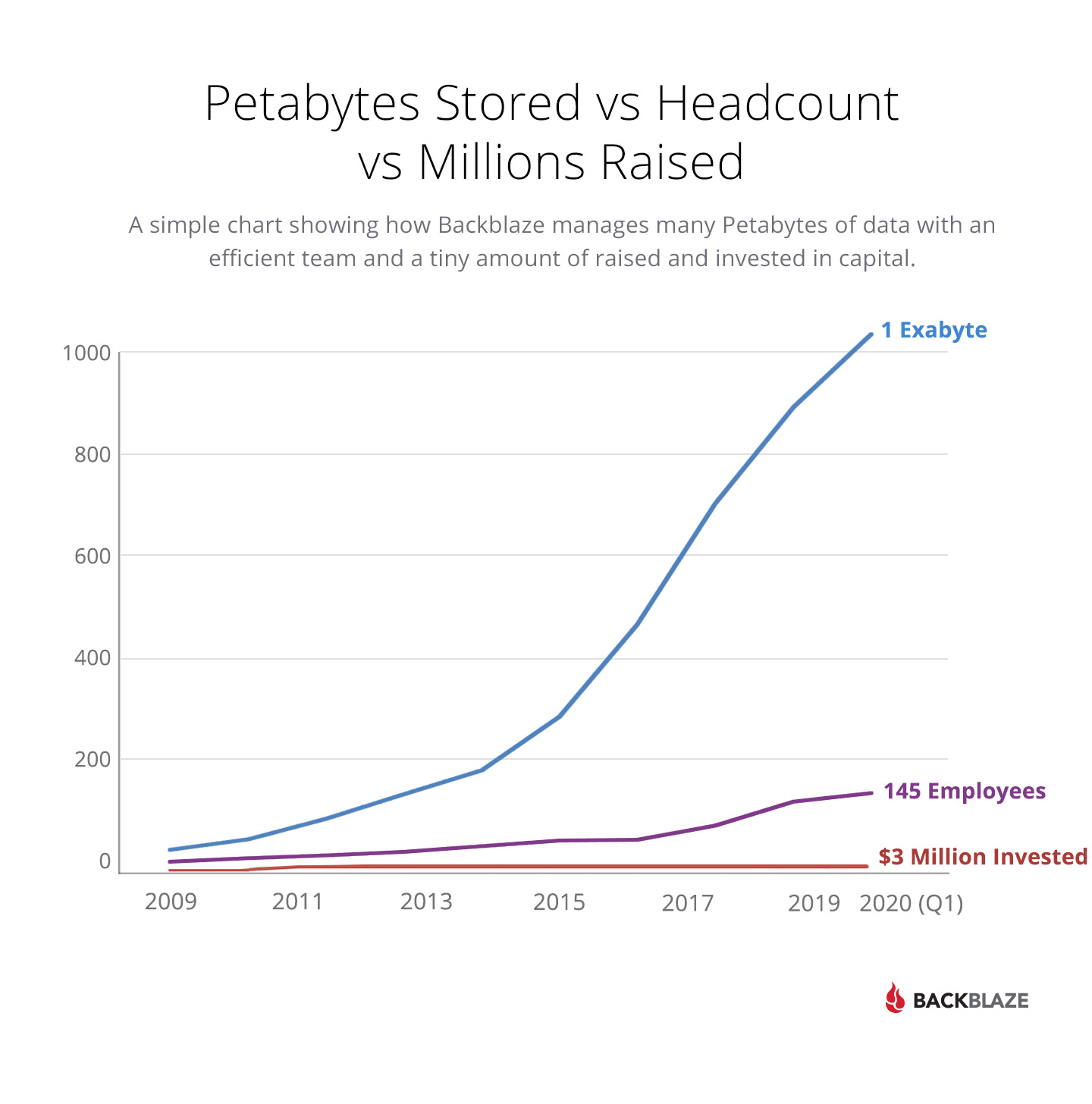Backblaze Launches S3 Compatible API With Veeam, Quantum, and More

Consumer backup target and cheap storage company Backblaze has added an S3 compatible API to its B2 product. Backblaze launched the new API with a host of ISV partners, including backup software heavyweight Veeam.
Thirteen years ago, the Backblaze founders had originally planned to use Amazon Web Services S3 as the backing store for its consumer cloud backup service. “What we realised very early on was that we there was no way we could afford to do that because the Amazon s3 was very expensive, on a per gigabyte basis,” said Backblaze co-founder and CEO Gleb Budman.

“When we did the math on it, we said ‘Oh, that's interesting',” he said. “If we put it on Amazon at the pricing we wanted to charge, we were going to lose money on every single customer. And that's hard to make up in volume.”
Losing money on every deal but making it up in volume is a favoured technique of VC-backed startups keen to set fire to as much of other people's money as possible, yet Backblaze had decided to self-fund. This meant the company needed to figure out how to make money as part of its original business plan, rather than delaying this difficult work until some point in the distant future.
“We couldn't kind of count on the magical unicorn coming and saving us three years later,” Budman said.
Backblaze now claims to manage over an exabyte of storage on the storage system it designed and built itself.

Backblaze is famous for sharing, in great detail, the process of designing, building, and using its Backblaze Storage Pods and its regular disk reliability reports are highly anticipated by storage nerds everywhere.
Backblaze had resisted calls to add an S3 compatible API for its B2 storage service, launched five years ago, despite considerable popularity. “We were assuming that developers were going to write to the API,” Budman said. “What we found was that, sure, developers can write to it, but the bulk of people out there are not developers.”
Backblaze had been telling customers to pressure their software vendors to support the Backblaze B2 API, and many did, but it seems the customer pressure finally became too great. By adding an S3 interface layer, Backblaze has made its B2 service compatible with the broad range of software that already supports S3, and joins a broad ecosystem of other S3-compatible storage providers.
“I really think that this this will be transformative for us in supporting all sorts of use cases and all sorts of customers out there,” said Budman.
Adding the S3 interface makes sense to me. It makes Backblaze much more accessible to a huge number of customers that aren't developers. It's much easier for those that are developers to support one API (albeit with a few variations) than many different ones. The growth potential for Backblaze here is immense, and I look forward to seeing how they cope with increased demand.
S3 is the de facto standard for object storage now, so I'd personally like to see it leave the exclusive control of AWS and be managed by an independent standards body of some kind. It left the innovative pioneering stage years ago and the settlers have put down deep enough roots that S3 is ready to get handed over to the town planners. It's time.
This article first appeared at Forbes.
